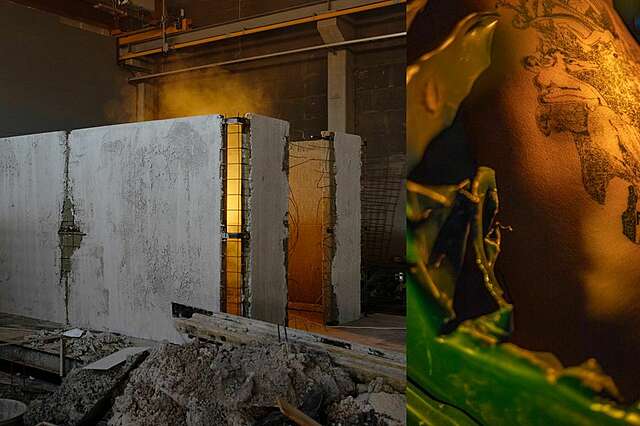
The Finnish architectural policy programme Apoli 2022–2035
Read the entire Apoli programmeTapio Haaja / Unsplash
Architecture affects the wellbeing of people and nature in significant ways. Good architecture and design stand the test of time and can be converted into new use if necessary. These are key themes in Finland’s new architectural policy programme (apoli), published in January 2022. The programme sets out objectives and measures for developing the sustainability of the built environment comprehensively until 2035.
The programme addresses changes that have an impact on our future, consideres how these could affect the built environment, and discusses how architecture may help improve the quality of our living environment. It emphasises the importance of architecture as part of our everyday lives. With the help of architectural and design education and by sharing information, it is possible to bring more awareness to how important the built environment is for people and how cultural values are part of the identity of places. When culture, art and cultural heritage are present in the built environment, it is possible to support wellbeing, regional vitality and international attraction.
Finland’s first architectural policy programme was published over 20 years ago in 1998. In 2019 the Ministry of Education and Culture and the Ministry of the Environment set up a working group to make a proposal for the new architectural policy programme, including the central goals and actions. Archinfo Finland acted as secretary to the working group. In addition to the working group meetings, the drafting phase included expert lectures and workshops addressing broader themes, such as climate and resources, transitioning lifestyles, international relations and architectural education.
In 2017, Archinfo Finland carried out a feasibility study on the guidelines for reforming the national policy. The study proposed that the new programme should be built on a broad base together, at minimum, with the Ministry of Culture and Education, the Ministry of the Environment, Ministry of Economic Affairs and Employment and subsequent offices as well as a variety of stakeholder groups. Please find the feasibility study here (link to a pdf file, in Finnish).
Read the Architectural Policy Programme 2022–2035 (in Finnish) here.
Read more about the work at Archinfo Finland’s website dedicated to apoli (link to the website, in Finnish).








